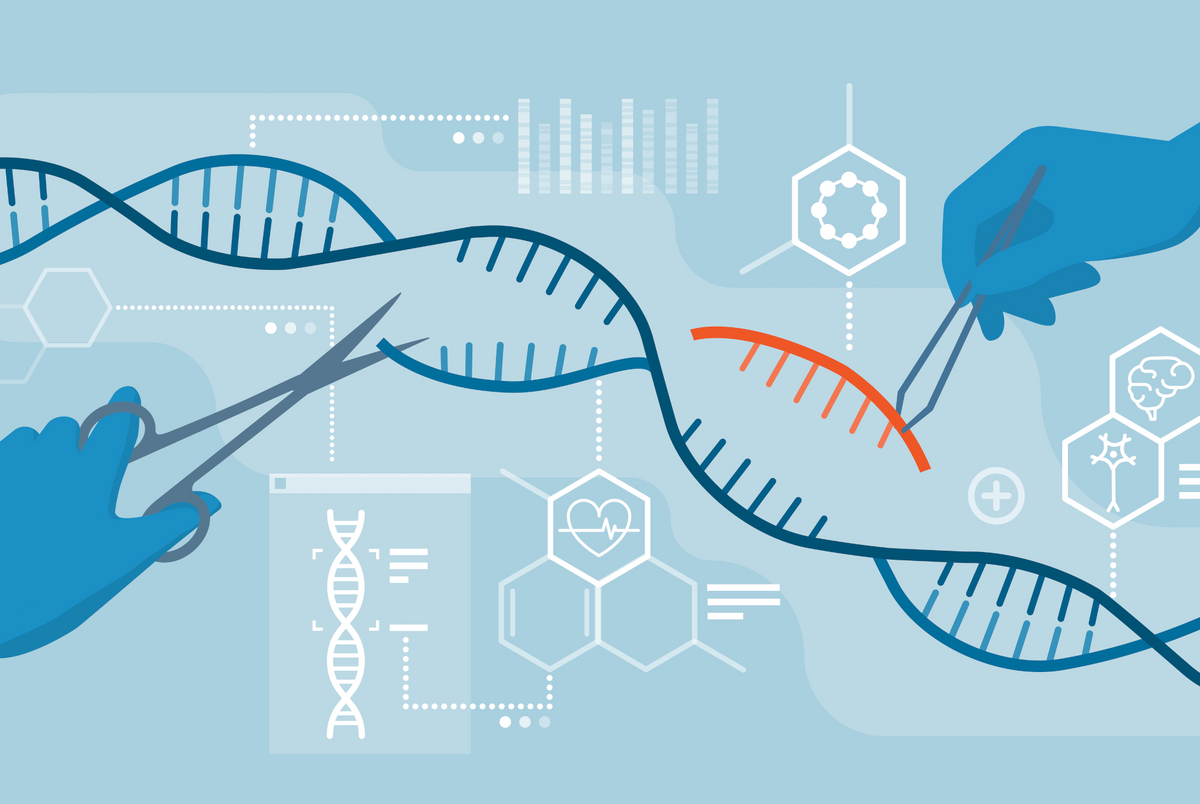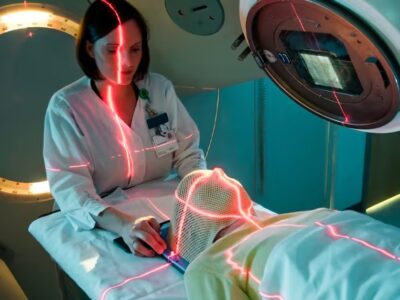
Often a newer and more valuable version of a service gets the addition of the term “prime” to its name. You’ll see this in delivery companies, for example. Scientists who work in genetics have a new kind of prime advancement now. They are working with an alternative version of CRISPR gene editing.
Overview of CRISPR Gene Editing
Scientists have been using CRISPR gene editing since researchers published their report on the technique in the journal Science in 2012. Jennifer Doudna and Sam Sternberg unveiled their gene editing innovation in print after they received a patent for their work on CRISPR, which stands for Clustered Regularly Interspaced Short Palindromic Repeats.
CRISPR enables scientists to perform live editing of genes inside of cells in an animal person’s body. Basically, a technician injects specific for Clustered Regularly Interspaced Short Palindromic Repeats RNA into a cell’s nucleus, along with an enzyme. This lets the technician snip out a particular piece of DNA in the cell and replace it with new DNA.
So, if a person has a genetic defect that leads to blindness or some other malady, the idea is you swap out bad DNA for good DNA to eliminate disease at the genetic level. With prime editing, scientists now have a more powerful tool at their disposal.
About Prime Editing
In CRISPR, scientists use a “guide DNA” to target the particular sequence of DNA they want to remove and edit. When using the prime editing variant of CRISPR, the scientists will use a modification of this RNA, called “pegRNA,” according to Singularity Hub.
With CRISPR, a kind of molecular scissors is called Cas9. Using CRISPR, the cells will get rid of the unwanted parts of a gene, if that’s what’s being targeted. If the CRISPR instructions are also to replace a genetic sequence, there is still a possibility of adding errors into the genes. So, to avoid the potential for damaging DNA, prime editing works in a more subtle fashion.
It doesn’t cut both DNA strands. Instead, prime editing involves making a small “nip” on one of the chains. Then, prime editing removes some genetic code or inserts new genetic code, but without needing to use the cell’s own repair mechanism to fix the DNA. The result is a process that scientists can control much better than with the original CRISPR.
At the University of Washington and the University of Massachusetts Medical School, researchers have used prime editing to cut out as many as 10,000 “letters” of DNA at a time.
The scientists are hard at work now trying to identify protein “friends” and “foes” that will help or hinder their efforts to improve DNA editing. Working with friendly proteins has led to 800% greater efficiency to date. And CRISPR itself has proven useful in identifying the “foes” that slow down editing.
Scientists Might Use CRISPR Gene Editing to Repair 90% of Diseases Caused by Mutations
The advent of prime editing has been described as a tool that “could conceivably repair nearly 90 percent of over 75,000 diseases caused by genetic mutations, as noted by Singularity Hub. However, that is still a prediction, with much work needing to be done still. We have only had CRISPR tools for about a decade.
CRISPR Keeps Advancing
When it comes to CRISPR gene editing, you have to anticipate ongoing improvements and changes to this vital technique. The development of prime editing is a case in point. What remains to be seen is what the next innovation might bring, such as faster sorting of information or a more advanced way to edit genetic material.











